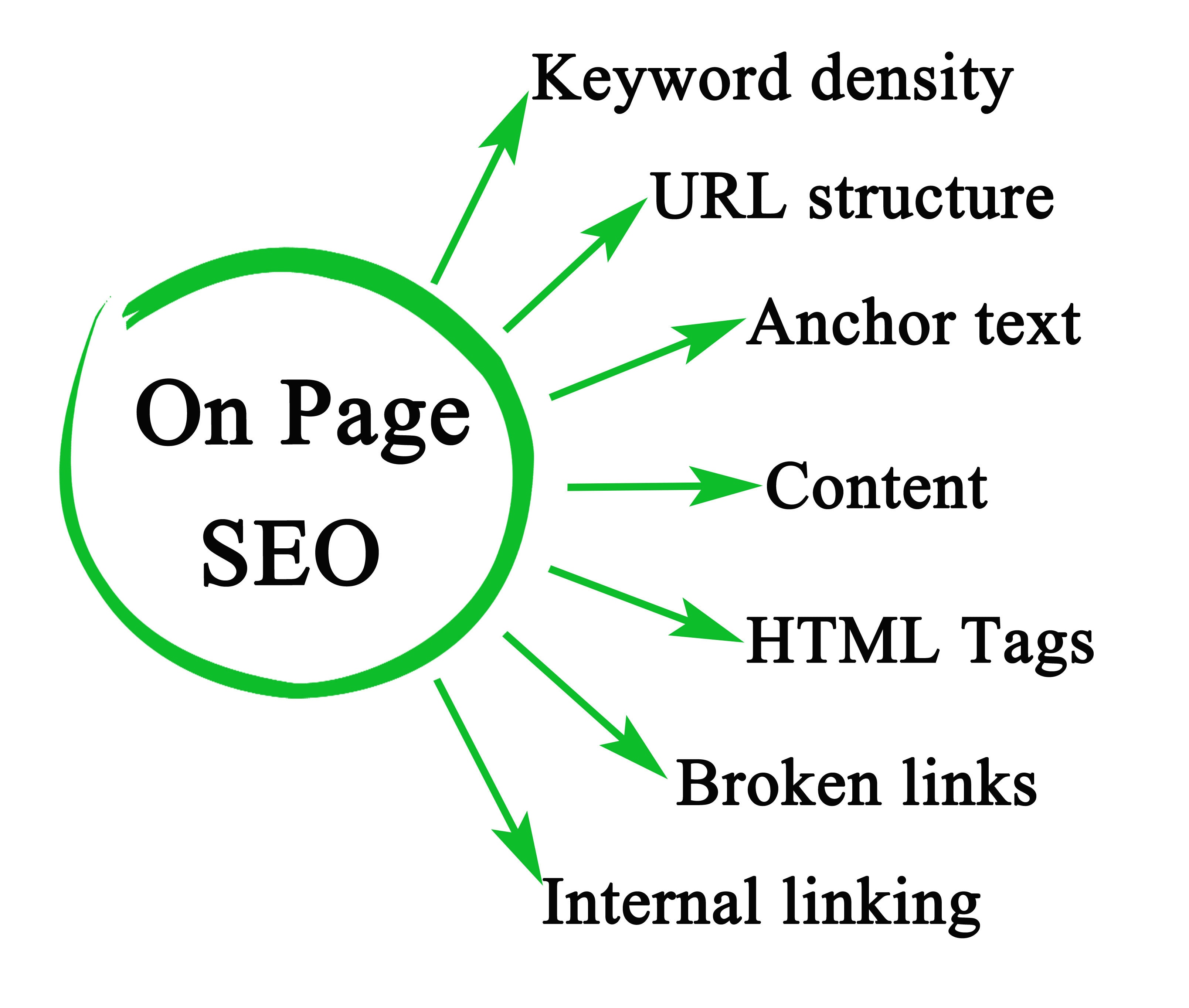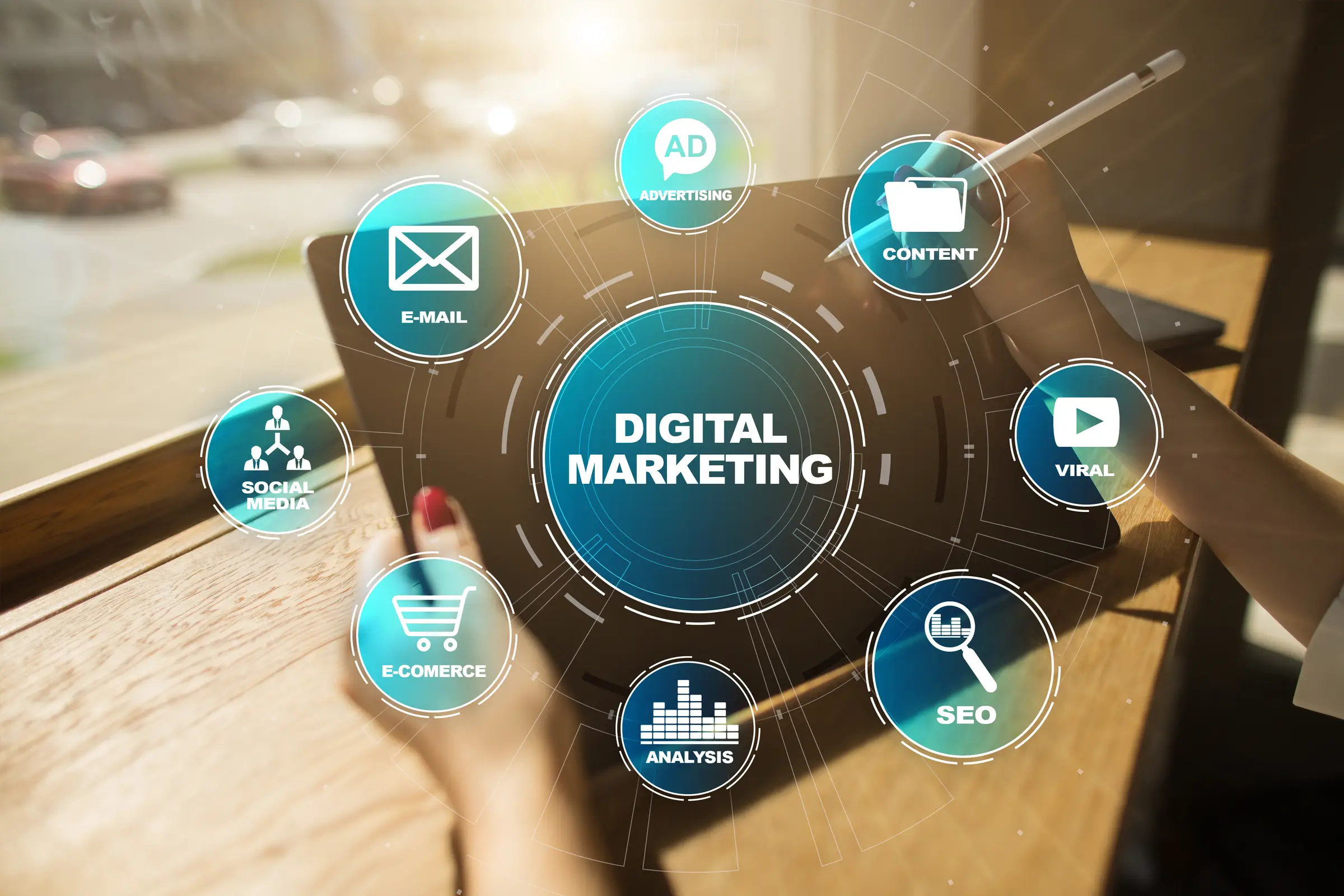Marketing | Sales | Customer Success | |||
RevOps | |||||
Step 1 | Step 2 | Step 3 | Step 4 | Step 5 | Step 6 |
Awareness | Consideration | Decision | Onboarding | Retention | Expansion |
Align teams & map the customer journey
Before a lead even enters your CRM, it’s important to condition all three departments (Marketing / Sales / Customer Service) so they fully understand how and why a RevOps approach works. Creating a frictionless process for your customers can help you build a revenue model with your CRM rather than having it be a draining expense.
By knowing exactly where, when, and how customer handovers will occur and intersect as the prospect moves through your sales cycle, you can reduce friction, speed up onboarding and ensure the customer’s, not the organization’s needs, are the number one priority at all times.
Map the customer journey and Ideal Customer Profile (ICP).
With a clear understanding of expectations, it’s now time to step into the customer’s shoes.
Create a process diagram and map every stage your customer goes through as they move through your sales process – from the first time they encounter your brand messaging to the moment they sign their one-year renewal.
It may seem excessive, but it’s a powerful insight into where and when marketing, sales, and customer service can often compete for the customer’s attention to satisfy their own departmental needs.
For example, why make a customer repeat information when it can be collected and shared at a single point? What used to be the responsibility of the Customer Service team can now be captured during the fact-finding call by the sales team. The information Sales historically needed can instead be captured by Marketing to allow for a smoother handover from MQL to SQL.
Get into detail and start working on this before the first meeting happens. Make sure everyone is on the same page with who your go-to-market teams should be targeting, what their common pain points are, what their typical business goals are, and how your product or service offering is going to solve their problems.
If there’s a clear picture of the results your organization can provide to customers, it’s a lot easier for go-to-market teams to center these conversations around current and future customers, and tell a compelling story that gets them in the door, and keeps them loyal to your organization. If you’re able to show the value effectively, it’ll be hard for them to picture life without your product or service
Process and Data for Key Stages to Build a Revenue Model
Ensure your team members are given access to data at the right time to reduce and standardize the sales cycle. One way to think about the key stages is to follow HubSpot’s lead; awareness, consideration, decision. Going about your RevOps process in these stages is a great way to put your team in the same mindset as your potential customer. As consumers themselves, it probably won’t be a hard concept to get across.
Think of the “awareness” stage as the first impression your organization makes on the customer. They could be coming across your website for the first time, and digging around before as they make their shortlist of vendors to consider. What does your first impression look like right now? Is it a good one? Make sure that it is.
The “consideration” stage is when the customer is weighing all of their options. They’re thinking about things like pricing, onboarding, ease of use, and even your company’s values. Like your first impression, there is also a secondary impression stage, and sometimes the decision can be emotional. With this in mind, arm your go-to-market team members with the tools and resources they need to be successful in continuing the conversation. Don’t set them up for failure.
Lastly, the “decision” stage is when the customer in question decides which product or service is the best fit. By the time they get here, they should have all of the information they need to make the right decision for them. Ensure that you have everything in place for this to happen before they reach the decision portion of their buyer’s journey
Measure and identify where to improve when it comes to speed and conversion.
Keep in mind that incremental improvements can have exponential results. As we like to say, slow progress is still progress. As you go down the road of RevOps, don’t be shy about iterating on your current process and getting rid of the fluff that isn’t actually helping your team or your business.
If you can cut your tech stack, do it. If you need new documentation or templates for your sales team, get them created. No matter the changes you make, as long as they promote efficiency and unity in your team, you’ve likely made the right decision.
Bring tools that deliver insights faster or serve as force multipliers.
Make sure that whoever’s leading the charge with RevOps also puts a focus on getting the right tools from the right vendors (like HubSpot). Sure, the process of uating and implementing new technology is daunting, and it’s certainly not appealing when you have to consider the skepticism of some people on your team. However, if you have someone that’s dedicated to choosing tools that will actually create efficiencies (and probably result in more money made), it’ll be easier to push the agenda for technology adoption along.
You don’t have to start your tech stack from scratch, either, but make sure that you’re being objective in uating what tools you already have. If they’re not helpful to your team or your business, let them go. The tools you choose will depend on the maturity of your business, therefore it is inevitable your tech stat will develop over time. In the short term, select tools which provide the most value to your teams and enable them to deliver greater results.
With your CRM as the foundation, consider software that provides increased visibility of your pipeline across sales. This can include revenue intelligence platforms like Ebsta and Drift, or marketing platforms like HubSpot.
Build a Revenue Model with feedback loops for rapid knowledge sharing and optimization.
Make sure everyone in your go-to-market “orchestra” is on the same page of the “song.” Don’t let the fear of shifting gears or making changes stand in your way, either. As you go about implementing your RevOps strategy within your organization, be sure to encourage openness and transparency within your team. What does transparency look like?
In this case, prompt people to give feedback on how the process is going in real-time. Of course, you may not be able to act on every change suggested, but the sooner these things come to light, the sooner they can be acted on and optimized for success in the short and long term.
Ready to create your own RevOps strategy? Download our RevOps eBook!
Source: HubSpot
Blog Last Updated on 1 year by New Path Digital
Summary
By knowing exactly where, when, and how customer handovers will occur and intersect as the prospect moves through your sales cycle, you can reduce friction, speed up onboarding and ensure the customer’s, not the organization’s needs, are the number one priority at all times. Creating a frictionless process for your customers can help you build a revenue model with your CRM rather than having it be a draining expense.






